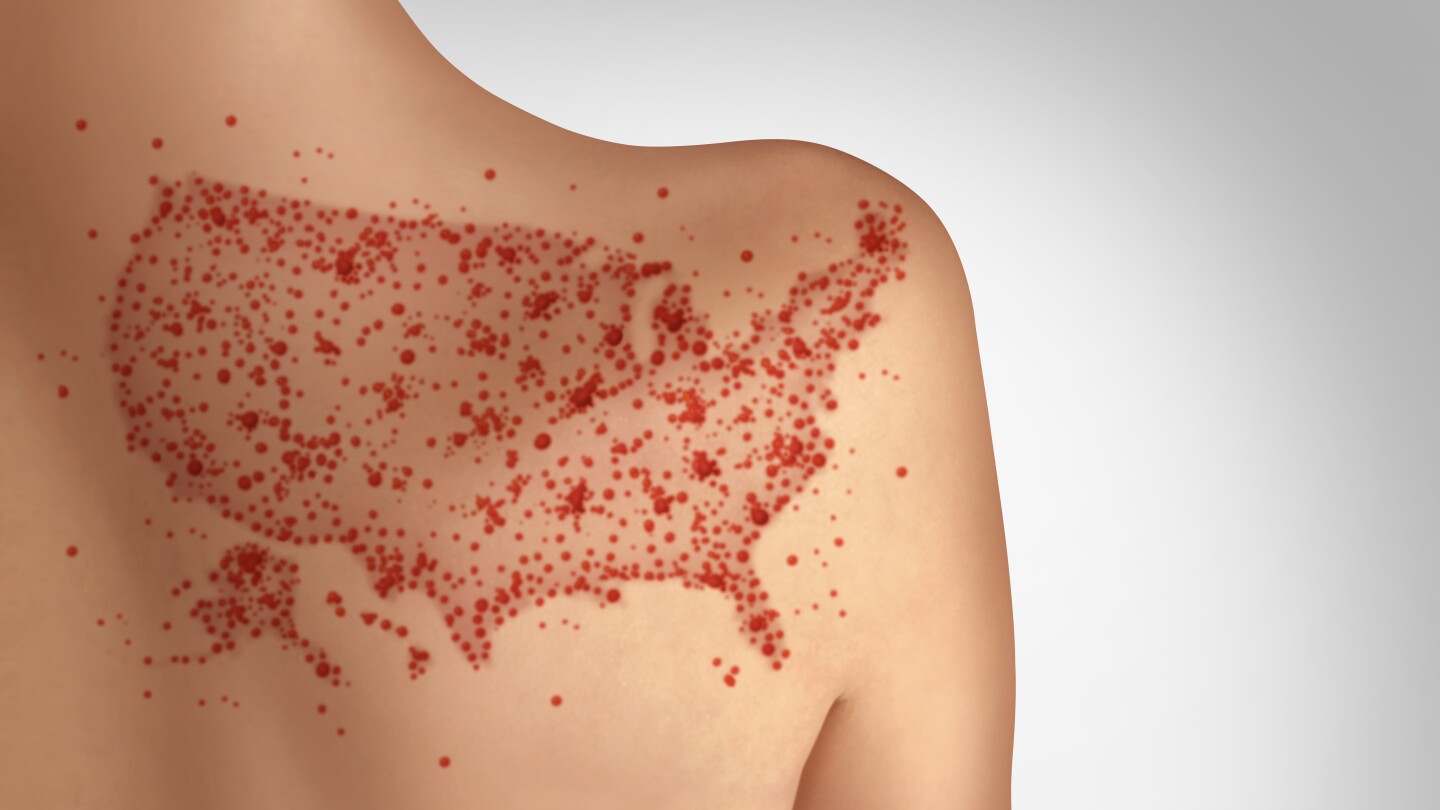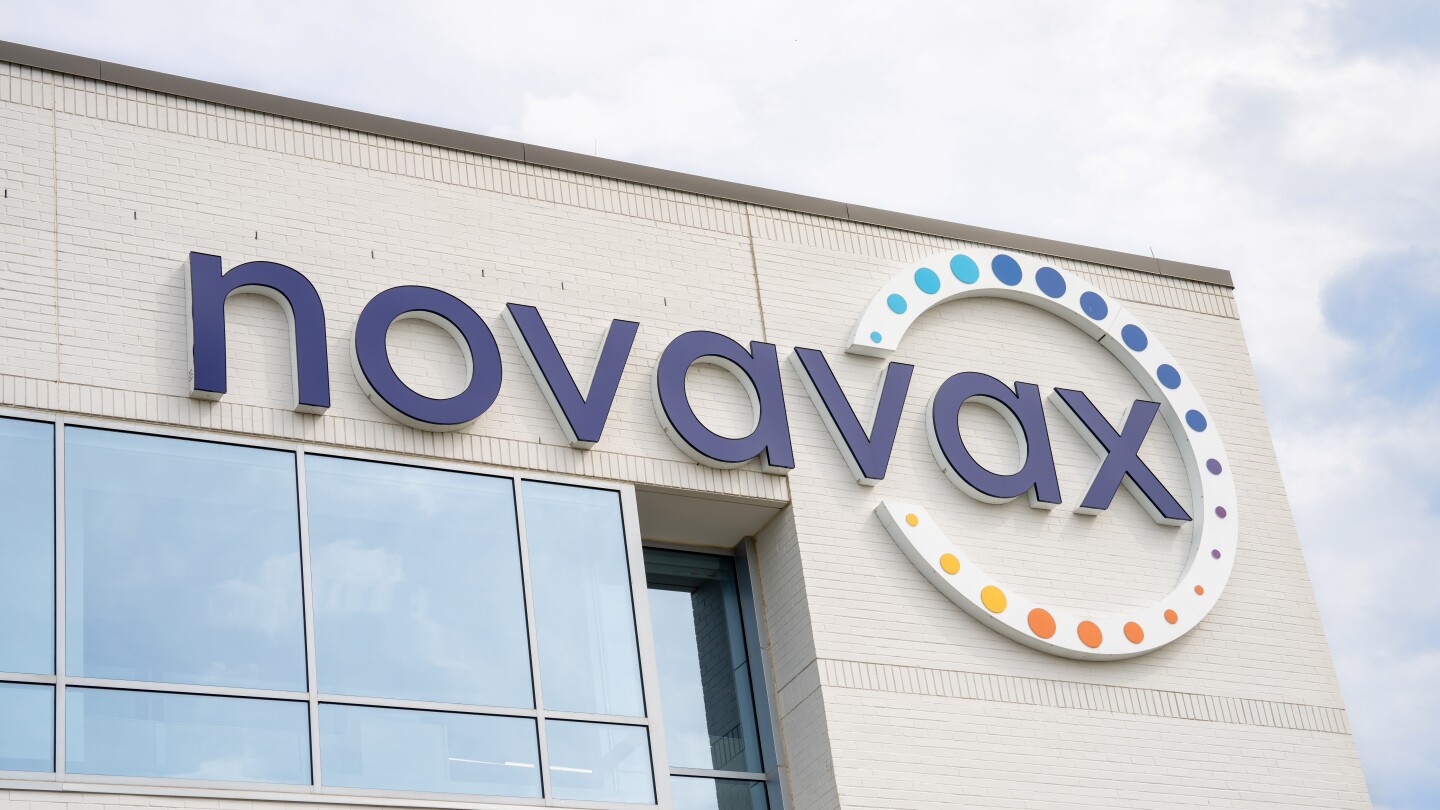News
Following the death of two teenage patients with Duchenne muscular dystrophy following Elevidys treatment, Sarepta Therapeutics adds a black box warning to the gene therapy for acute liver injury and failure and parts with more than a third of employees.
FEATURED STORIES
As I ran from interview to interview across San Francisco, I was consistently warmed by the stories I was told by biotech and pharma executives—and the general comradery in the air throughout the chaotic event.
With incoming president Donald Trump threatening a trade war with China, experts told BioSpace that the new administration will likely understand why medicines should be treated differently.
Annemarie Hanekamp has overseen some of the most transformative changes in oncology over her years in Big Pharma. Now, she will oversee BioNTech’s transition from a COVID-19 vaccine maker to an “end-to-end organizational oncology powerhouse.”
Job Trends
Sanofi is disappointed with the Federal Trade Commission’s announcement that it is seeking a preliminary injunction against a proposed licensing agreement between Sanofi and Maze Therapeutics.
FROM OUR EDITORS
Read our takes on the biggest stories happening in the industry.
Unpredictable communication and a lack of transparency are eroding the industry’s and the public’s trust. The FDA, experts agree, needs to take control of the narrative.
THE LATEST
In an interview on Friday, FDA Commissioner Marty Makary threw his weight behind psychedelic therapies, noting that patients taking these substances experience significant benefits for various neuropsychiatric conditions.
The deal comes three months after Pfizer inked a PD-1/VEGF partnership with Summit Therapeutics, leading BMO Capital Markets to express confusion regarding the pharma’s overall strategy.
In a year when eradicated diseases are on the uptick in America, how will American children survive RFK Jr.’s vaccine scrutiny and inconsistency? Two experts call on pharma and regulatory bodies to rebuild trust.
A new generation of checkpoint inhibitors is emerging, with some showing more promise than others. From recent TIGIT failures to high-potential targets like VEGF, BioSpace explores what’s on the horizon in immuno-oncology.
Govorestat failed to meet its primary endpoint in a Phase II/III trial for a rare form of Charcot-Marie-Tooth disease, a few months after the FDA rebuffed the same drug in a similar indication.
Regeneron promised to comply with 23andMe’s consumer privacy policies and related data security laws.
Taking center stage at the American Society of Gene and Cell Therapy meeting was the first-ever reported case of a personalized in vivo CRISPR editing therapy, which substantially eased the symptom burden in an infant.
The restrictions on Novavax’s vaccine could portend changes at the FDA. Commissioner Marty Makary suggested last week that the agency could update its vaccine approval guidelines “in the coming days.”
Analysts at BMO Capital Markets said in a weekend note that a non-invasive blood test could help boost uptake of Alzheimer’s disease therapies.
While sparking excitement among biopharma companies focused on rare and ultrarare indications, experts say FDA Commissioner Marty Makary’s proposal is light on details and raises potential concerns about safety, access and liability.

















